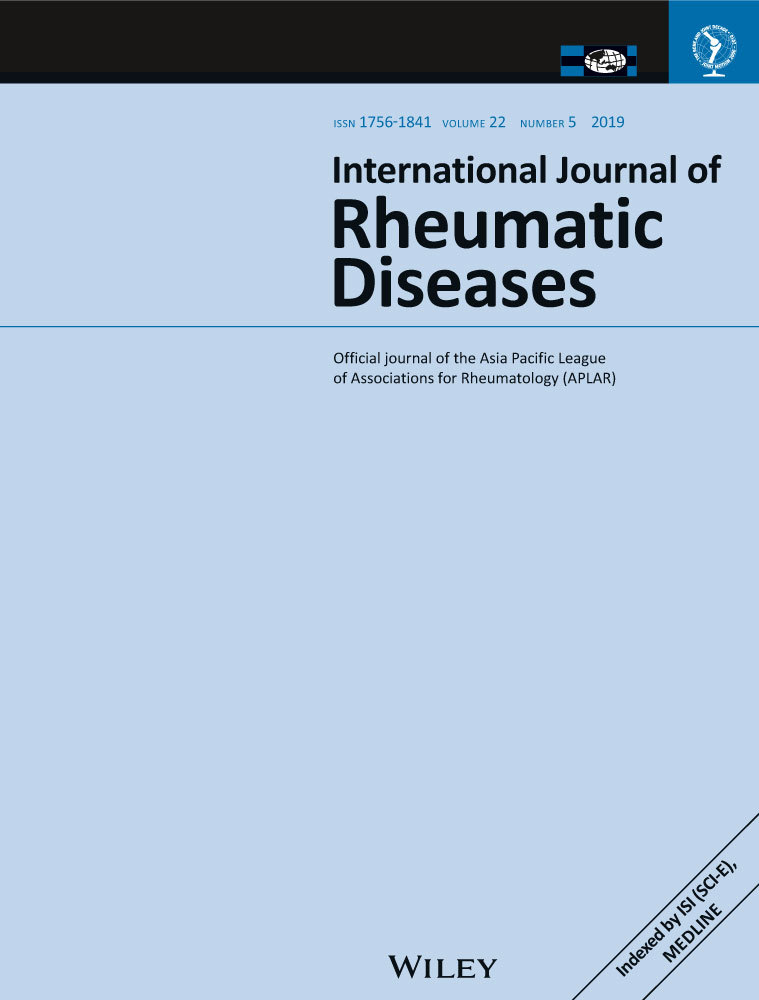Antineutrophilic cytoplasmic antibody-associated vasculitis with and without renal involvement: C3 contributes to prognosis, but renal involvement does not
Abstract
Objectives
We investigated the impact of renal involvement at diagnosis on the prognosis of patients with antineutrophilic cytoplasmic antibody (ANCA)-associated vasculitis (AAV).
Methods
The relationship between renal involvement at diagnosis, clinical variables at diagnosis, and prognosis (including relapse episodes, initiation of dialysis, and death) was examined in 101 Japanese patients with AAV.
Results
Sixty-eight patients had renal involvement at diagnosis. The renal-involvement patients had significantly higher ages at diagnosis, significantly lower hemoglobin levels, and significantly lower platelet levels. They had significantly lower C3 levels, but showed no significant difference in C4 levels. Overall survival rate was significantly worse in patients with than in patients without renal involvement (P = 0.003, log-rank test). Multivariable analysis using a logistic regression model demonstrated that C3 contributed to dialysis initiation: odds ratio (per 10 mg/dL of C3): 0.68; range: 0.49-0.90; P = 0.007. A Cox proportional hazard model revealed that the C3 level and age at diagnosis contributed significantly to overall survival: hazard ratio (per 10 mg/dL of C3) 0.81, range 0.69-0.95, P = 0.011; 1.08, 1.02-1.15, P = 0.013, respectively. Renal involvement did not contribute significantly to overall survival. Patients with C3 levels ≥100 mg/dL had a better survival rate than patients with C3 levels <100 mg/dL.
Conclusions
Although patients with renal involvement had higher ages, lower C3 levels at diagnosis, and poorer prognoses, multivariable analysis demonstrated that the C3 level and age at diagnosis, but not renal involvement, contributed significantly to overall survival. Our results demonstrate the relationship between C3 hidden behind renal involvement and AAV prognosis.
CONFLICTS OF INTEREST
The authors declare that there are no conflicts of interest.




